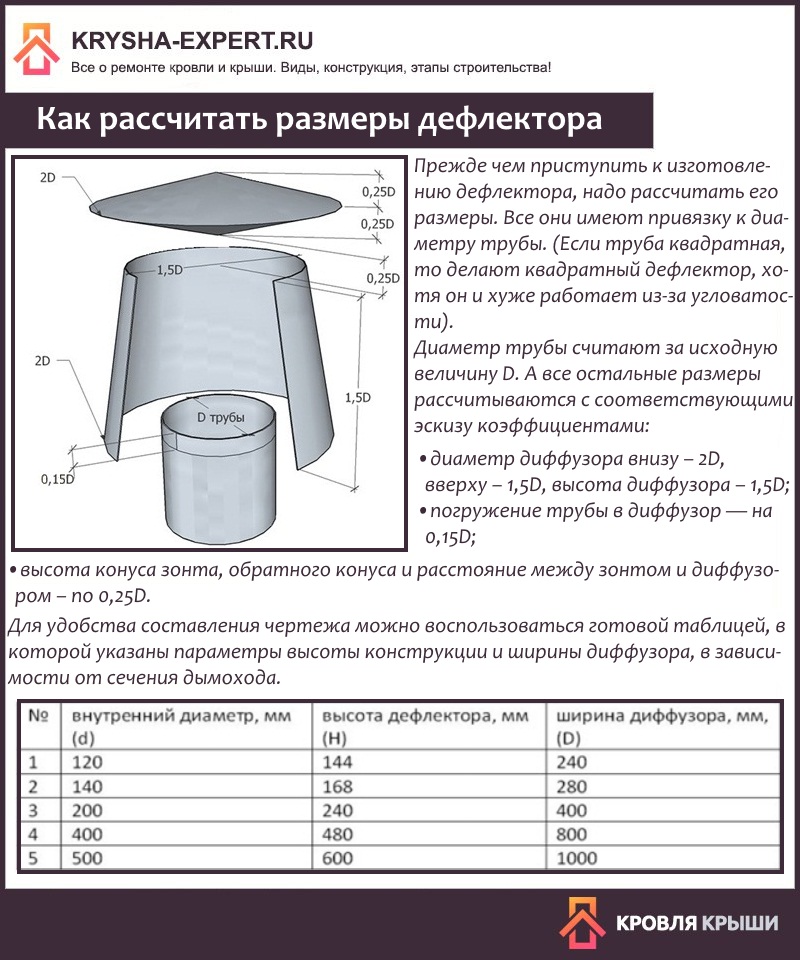Raschyot Deflektora Cagi
Racecadotril, also known as acetorphan, is an antidiarrheal drug which acts as a peripherally acting enkephalinase inhibitor. Unlike other opioid medications used to treat diarrhea, which reduce intestinal motility, racecadotril has an antisecretory effect—it reduces the.
Abstract Pro-apoptotic Bax and Bak have been implicated in the regulation of p53-dependent apoptosis. We assessed the ability of primary baby mouse kidney (BMK) epithelial cells from bax −/−, bak −/−, and bax −/− bak −/− mice to be transformed by E1A alone or in conjunction with dominant-negative p53 (p53DD). Although E1A alone transformed BMK cells from p53-deficient mice, E1A alone did not transform BMK cells from bax −/−, bak −/−, or bax −/− bak −/− mice. Thus, the loss of both Bax and Bak was not sufficient to relieve p53-dependent suppression of transformation in epithelial cells. To test the requirement for Bax and Bak in other death signaling pathways, stable E1A plus p53DD-transformed BMK cell lines were derived from the bax −/−, bak −/−, and bax −/− bak −/− mice and characterized for their response to tumor necrosis factor-α (TNF-α)-mediated apoptosis. The loss of both Bax and Bak severely impaired TNF-α-mediated apoptosis, but the presence of either Bax or Bak alone was sufficient for cell death.

Cytochrome c was released from mitochondria, and caspase-9 was activated in Bax- or Bak-deficient cells in response to TNF-α but not in cells deficient in both. Thus, either Bax or Bak is required for death signaling through mitochondria in response to TNF-α, but both are dispensable for p53-dependent transformation inhibition. Apoptosis can be initiated in transformed cells by an intrinsic mechanism when deregulation of the cell cycle initiates an apoptotic response mediated by the tumor suppressor p53. Apoptosis can also be initiated by an extrinsic mechanism when TNF-α 1 or Fas ligand initiates an apoptotic response mediated by death receptors.
When the adenovirus E1A oncogene stimulates proliferation during transformation, the cellular response is apoptosis mediated by p53 (,). Activation of p53 results in altered transcription of a wide variety of genes that are involved in many facets of cell metabolism, cell cycle regulation, and apoptosis (, ). Temp file cleaner by oldtimer v3190 download mac. Genes transcriptionally up-regulated by p53 that have been implicated in promoting apoptosis include the Bcl-2 family members bax, bak, puma, and noxa (). Evidence suggests that Bax and Bak function is required for the release of cytochrome c from the mitochondria to the cytosol during apoptosis (, ).
Cytochrome c release from the mitochondria occurs in many apoptotic signaling pathways including those implemented by p53 and TNF-α (). In many cases, this event is pivotal in the regulation of apoptosis, because cytochrome c in the cytosol complexes with APAF-1 and, in turn, promotes caspase-9 activation (). This caspase activation initiates a caspase cascade that is required for p53-dependent apoptosis (, ) and results in DNA fragmentation, cleavage of cellular proteins such as poly(ADP-ribose) polymerase and nuclear lamins, and cell death by apoptosis (). Although there is up-regulation of bax, bak, puma, and noxa by p53, transcriptional up-regulation of at least Bax is not sufficient for p53-mediated apoptosis, because a mutant of p53 that up-regulates bax is not able to induce apoptosis (). Evidence suggests that Bax and Bak undergo changes in protein conformation that have been linked to their pro-apoptotic function (,,, ).
Thus, merely an increase in the amount of Bax or Bak may not result in cell death. Furthermore, other Bcl-2 family members Bcl-2, Bcl-x L, and Bid, also regulate cytochrome c release, in some cases by modulating the function of Bax and/or Bak. Finally, caspase activation can also be regulated downstream of mitochondria by the inhibitors of apoptosis proteins (). Which of these events is essential for cell death in particular pathways has not always been clear. Cytokines such as TNF-α and Fas initiate apoptosis through separate, yet convergent, pathways. Upon receptor ligand interaction, the death receptor will recruit proteins into a death-inducing signaling complex (). Among the proteins recruited to the receptor are FLICE-associated death domain-containing protein/caspase-8 heterodimers, and the complex formed will result in the activation of caspase-8 (, ).

Active caspase-8 cleaves Bid-generating tBid () which promotes conformational changes in Bak () and Bax (). Evidence suggests that Bax and Bak oligomerize in mitochondrial membranes, the effect of which is to release cytochrome cfrom the inter-membrane space thereby inducing APAF-1-dependent caspase-9 activation (,,, ). Whether Bax and/or Bak function in this way in specific apoptotic pathways, and the mechanism by which they effect release of proteins from mitochondria, remains to be addressed.
Wps office kod aktivacii download. The WPS Office information and help documentation source. Get help using the new WPS Office suite for windows, linux, android or iOS, with cloud connectivity and other top features.